Srinagar: My City My Dreamland
Author: Zahid G Muhammad
Publisher: Gulshan Books, Srinagar, Kashmir
Year of Publication: 2011
Price: Rs 695 Pages: 278
Reviewed by Mushtaq Ul Haq Ahmad Sikander
Kashmir boasts about its history being recorded since last five thousand years; A fact that few can contest and rival in subcontinent. But since the colonization and occupation of Kashmir in 1585 by the Mughal Emperor Akbar, history writing has gravely suffered from the official and individual apathy. The bias and prejudice seems to have replaced objectivity and narration of facts. Though it can be contested whether ‘objectivity’ can be maintained in a historical discourse? This apathy grew particularly after 1947, when the contemporary dispute over Kashmir was born. It isn’t that history writing stopped after 1947. History writing continued, but history became confined to the political events related with Kashmir dispute, between Indian and Pakistan. The history of Kashmir came to be witnessed through the Indo-Pak prism and the indigenous history of Kashmir remained in oblivion. Even if history of Kashmir was written during that period by someone, it related only the political events. Politics came to dominate the history writing, though this question needs a serious academic deliberation whether in a conflict situation, history writing becomes over politicized?? Even after the initiation of armed struggle in early 1990s no serious change in history writing can be witnessed. It either relates the major events of the armed insurgency or the political overtures of the two nations over armed insurgency, bereft of any serious analysis of the same.
The present book under review by a versatile author, political commentator and seasoned journalist Zahid G Muhammad tries to fill this void in the contemporary history writing. The book though not written with the intention of a serious historical discourse, but is a compilation of articles written by the author over a period of time in a local daily as “Nostalgia” column. This column used to be about the nostalgia related to various phases of the author’s life. In the Introduction of the book, ZGM states, “My birth burg has been a city of resistance. It has fought battle royal against the marauders that invaded it and tried to disturb its social fabric. It has raised banners of revolt against the oppressors and ruthless rulers. Much before the Mutiny of 1857, the Shawl weavers of my city rose against oppressive feudal system and wrote scarlet pages of history. Every street testifies the pitched battle fought by people against the cavalries of autocrats and oppressors.
My part of city has been cauldron of traditions that changed the socio-cultural spectrum of the beautiful country in the lap of Hurmukh and Zabarwan. To think about Kashmir without Shahr e Khass is to think about body without soul”.
The events and history as aptly depicted by the title of the book are related to Shahr e Khass (Srinagar), the heart of Kashmir valley. As the author rightly points that it has been a city of resistance, during his childhood it still continues to be so even today. The resistance is anchored in Srinagar. The culture, language and discourse of resistance is evident from each page of the book. Every page is packed with events of resistance or is a reflection of politics of those days. ZGM himself learnt the language of resistance in the cradle in the form of lullabies sung to him. During his childhood 9th August used to be commemorated as a Black day. The vibrant student agitations of 1965 are well depicted. One of the tools of resistance that ZGM describes is Stone Pelting, besides hoisting Black Flags and bursting crackers on special occasions. Stone Pelting in recent years has again became tool of resistance for Kashmiri youth, but this time the State, Media and Politicians named these resistance forces as alien stooges, paid agents of enemy country and divisive elements. But while reading the book, one comes across scores of incidents related to Stone Pelting. How catapults were used for Stone Pelting, and how stone pelters then like today used to get martyred at the hands of police. Hence it becomes evident that Stone Pelting is not new or alien to kashmiri ethos, but it has deep roots in the history of Kashmir.
ZGM lucidly relates various events of his childhood, that makes the reader revisit the past. He describes the institution of mid wifery, as unlike today children weren’t born in sophisticated hospitals, the coercive schools (Jabri Madrasas) when the Police would forcibly admit the children to school, the superstitions prevalent those days like the character of Braham Braham Chok. The exorcists and the old granny being source of folk lore stories. The charm of winters, lullabies and rhymes sung in Kashmiri, Djinns of childhood and how carefree childhood used to be unlike today. Children used to play indigenous outdoor games, unlike today when face book and video games have become constant companions of the children having serious ramifications on the childhood. Childhood adventures like stealing fruits from orchids add spice to the events.
The Educational, Religious, Social and Economic aspects of Srinagar are described too. The shrines, hospices of saints used to be seat of learning and spirituality, unlike today when they have become sources of exploitation and sectarianism. While relating about the economic activities of Shahr e Khaas, ZGM forgets to mention the institution of Yander (spinning wheel) that women used to earn money, and support themselves or their families. This institution was docile as women used not to work outside then. The Shoda Takiyas also find mention in the book.
While discussing the environment and particularly the water bodies, ZGM describes them as unpolluted then and the water of Dal Lake being more pure than the mineral water of today. The charm of winters and sighting of moon before Ramadan and Eid seems to have its own beauty then, with damsels and lasses singing the traditional songs (Wanwun) and dancing (Rauoff), that today seems to be a thing of past, because contemporary damsels and lasses are ignorant about their folklore and traditions. ZGM occasionally mentions the names of teachers who had influenced and inspired him since his school days. This inspiring role of teachers too seems to have been corrupted by hedonistic material greed today.
The various manifestations of resistance are depicted in the form of commemoration of 13th July every year. ZGM has written about various unsung heroes of Kashmiri resistance particularly about the steadfastness of Plebiscite Front workers of his neighborhood. He also very well relates how the language and discourse of politics was learnt and debated on Penjis (Foyers of shops known as Pend in Kashmiri). The conflict seems to have an overwhelming influence on the tender mind of ZGM. It is a well testified fact that the ideological and political thickening of ZGM’s generation was much more than contemporary generation despite the knowledge explosion and revolutionary internet access.
The outside influence on youth and indigenous Kashmir culture seems to have initiated during ZGM’s youth, as he has depicted the influence of movies and heroes on youth as they emulated them as role models.
Every page of the book is filled with rich information about the history of Srinagar. This book is a rich document of “proletariat history” if one borrows Marxist parlance. ZGM has tried to give a glimpse of every aspect of life in Srinagar, but he hasn’t written anything about the Love Birds of Srinagar, except few mentions in the periphery. The reader wants to know how the Love stories of their elder generation were different!!
Overall the book is groundbreaking in the proletariat history writing of Kashmir. I hope others will emulate ZGM and write about their places as well. The book can’t be missed by anyone having an iota of interest in history of Srinagar, particularly its polity and history of resistance. ZGM deserves our kudos for this pioneering work.
Mushtaq Ul Haq Ahmad Sikander is Writer-Activist based in Srinagar, Kashmir and can be reached at sikandarmushtaq@gmail.com .







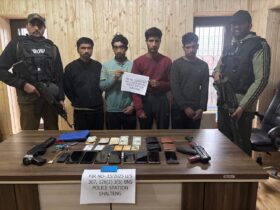

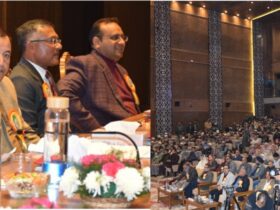
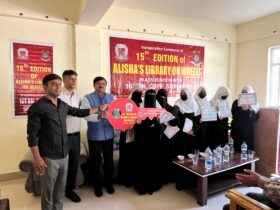
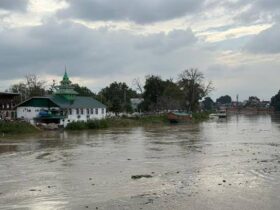
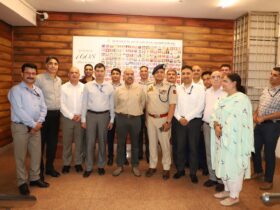
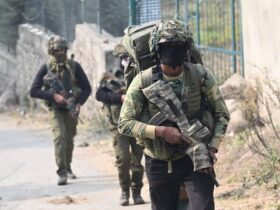

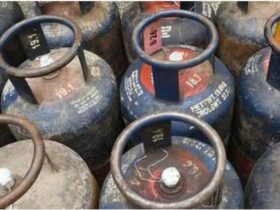
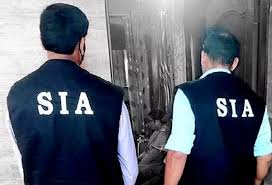
Leave a Reply